Pangolins are the most trafficked wild mammals in the world. Each year, approximately 100,000 individuals are hunted from the wild to support illegal trade, primarily for two purposes: the use of their scales in traditional medicine and for consumption as meat.
The increasing expansion of agricultural activities for various uses has gradually encroached upon the habitat of these animals. For these reasons, pangolins may disappear before much of the world even becomes aware of their existence.
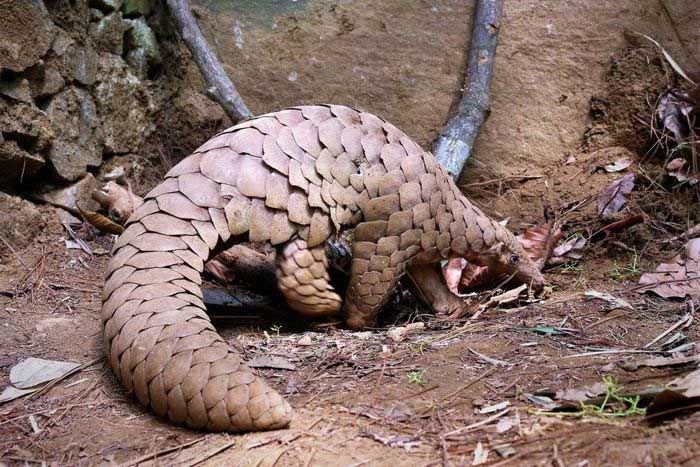
Indian Pangolin (Manis crassicaudata) measures 45-75 cm in length, distributed across the Indian subcontinent and nearby areas. They possess the ability to defend themselves against even tigers with their overlapping scales and the ability to secrete a toxic liquid.
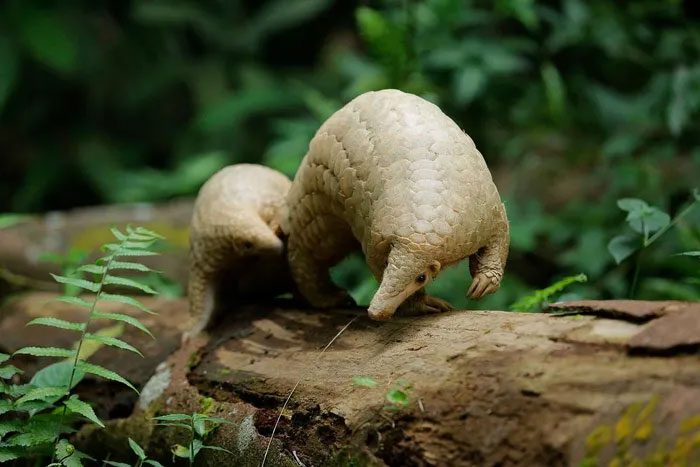
Sunda Pangolin (Manis javanica) is 50-65 cm long and is found in Southeast Asia. This species spends half its time in trees and moves rather clumsily on the ground using its four legs. When threatened, it runs on its hind legs, using its tail for balance.
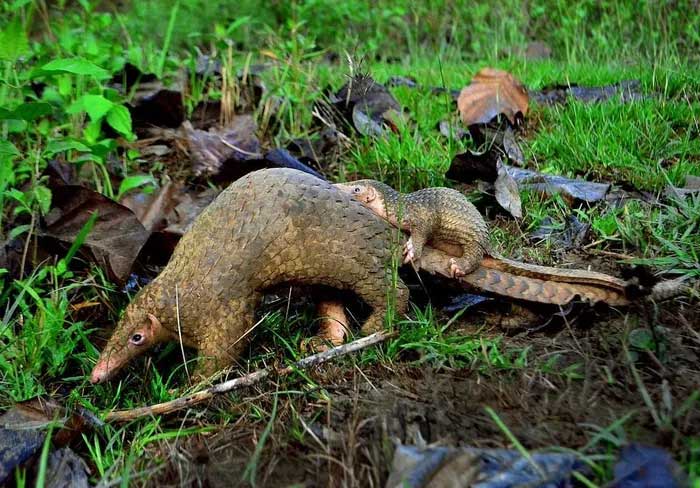
Philippine Pangolin (Manis culionensis) measures 50-70 cm and is an endemic species from Palawan in the Philippines. This species is closely related to the Sunda Pangolin, distinguished by its smaller body-to-tail ratio, smaller scales, and shorter head.
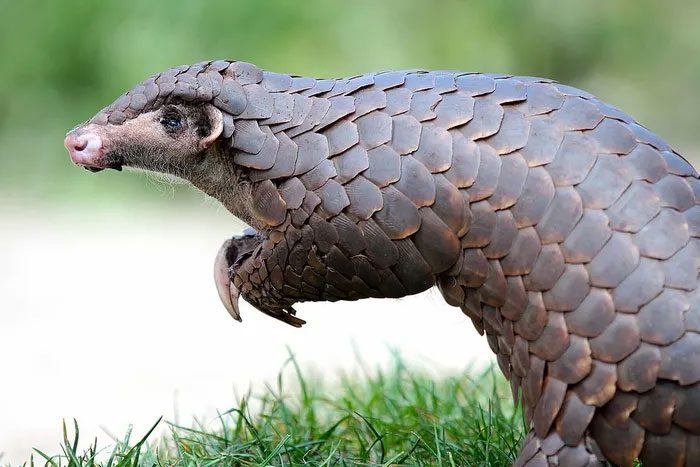
Chinese Pangolin (Manis pentadactyla) is 40-58 cm long and inhabits Southeast Asia and southern China. The Chinese Pangolin, Sunda Pangolin, and Philippine Pangolin are three critically endangered species among the eight pangolin species. They are often hunted and trafficked illegally due to unverified claims of medicinal benefits.
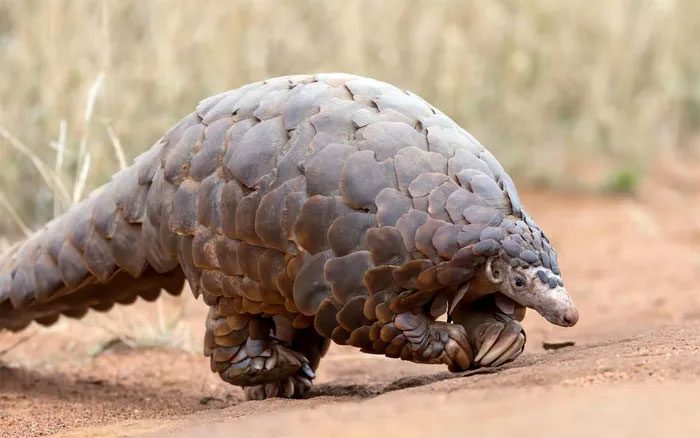
Giant Pangolin (Manis gigantea) measures 124-140 cm in length and is the largest pangolin species, found in Africa along the equatorial region from West Africa to Uganda. This species typically walks on its hind legs, balancing with its long and thick tail to avoid damaging its large forelimb claws.
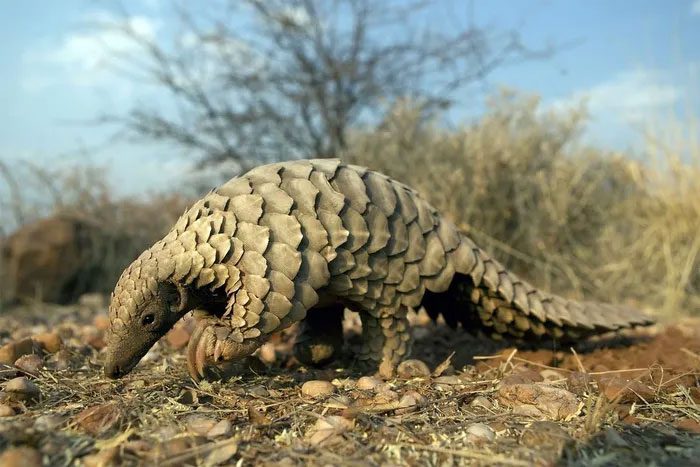
Temminck’s Pangolin (Manis temminckii) measures 40-50 cm and is the only pangolin species living in southern and eastern Africa. They are often hunted by locals for their scales, which are used as love charms.
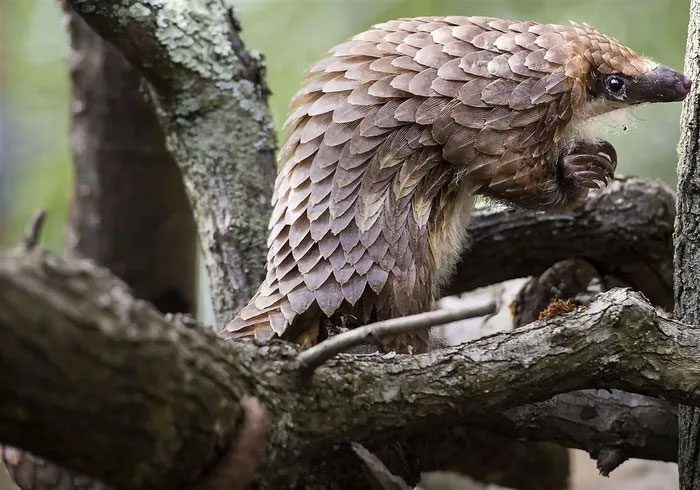
Tree Pangolin (Manis tricuspis) measures 35-46 cm and is found in equatorial Africa. They have light-colored fur on their underbelly and distinctive three-pronged scales (which may wear down over time).
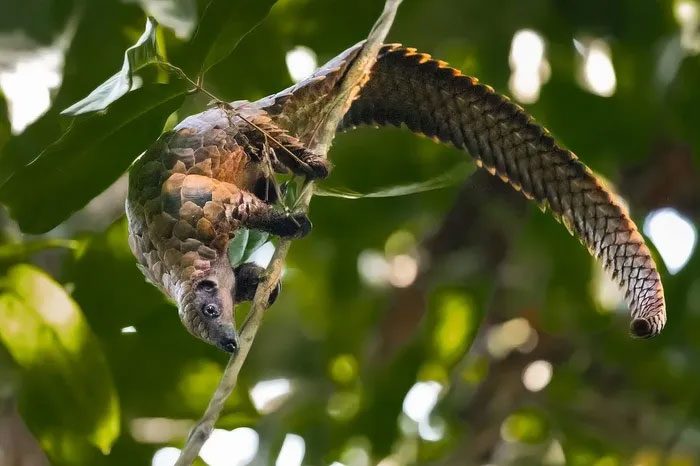
Long-tailed Pangolin (Manis tetradactyla) measures 40-40 cm and resides in the high canopy of West Africa. They have tails that are two-thirds the length of their bodies, which they use to grasp branches while climbing.


















































